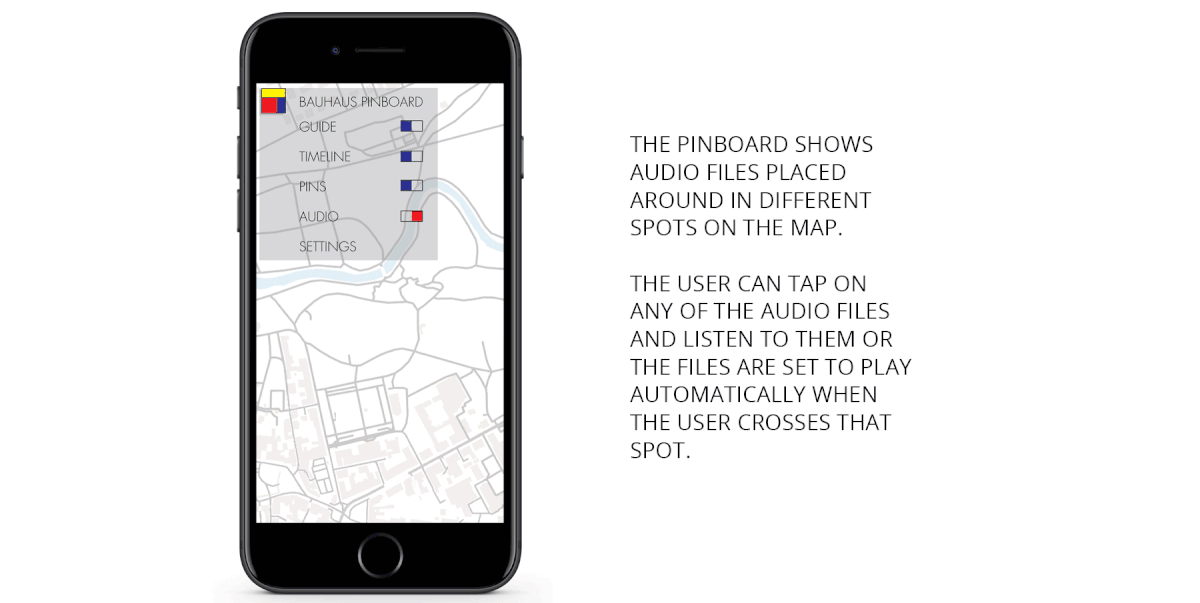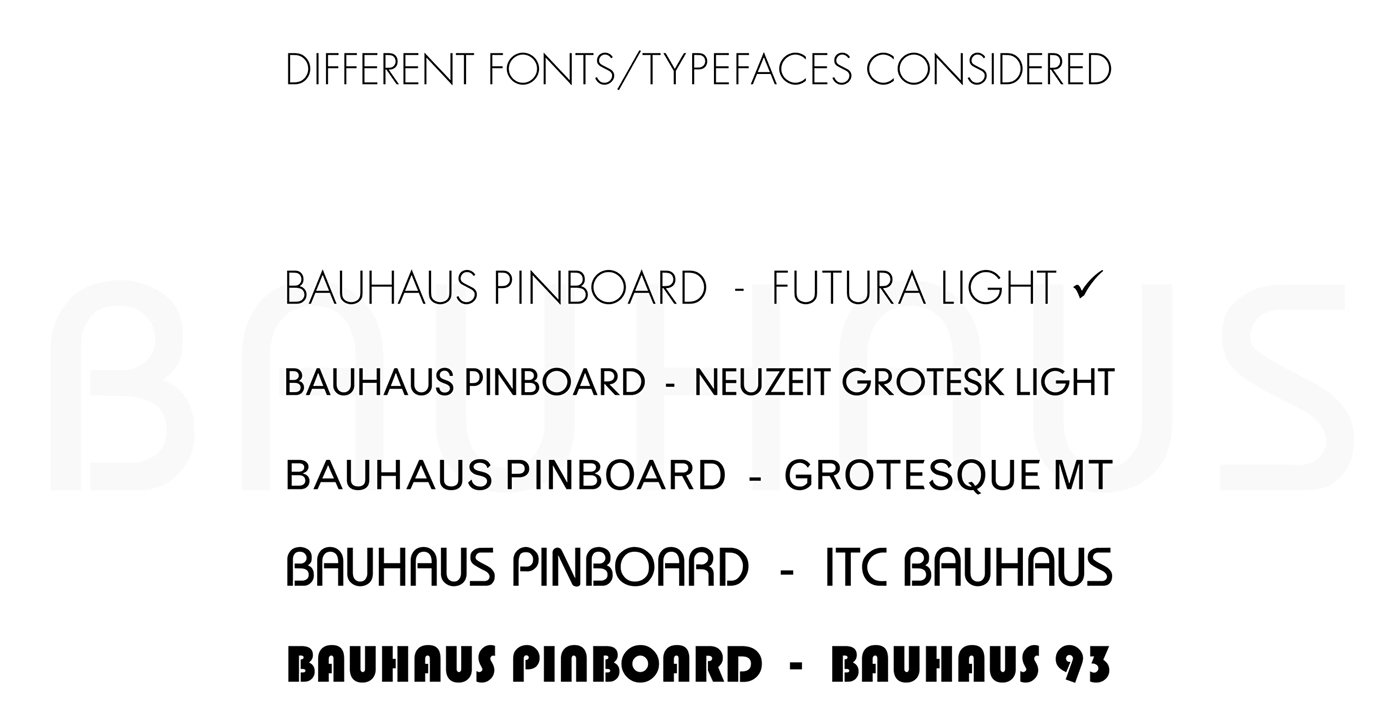Interface Design Studio
March 2016, Bauhaus Universität
UI Design, User Experience Design

The Challenge
The aim of this project is to develop a mobile application that could be used in association with or in addition to the Bauhaus Walk.The Bauhaus Walk is an integral part of the tourism in Weimar and for the Bauhaus enthusiasts and experts from around the world. Every day, students, professors and tourists come to Weimar to see the old buildings that belonged to the Bauhaus movement from the 1920s and learn about the Bauhaus Masters while they were in Weimar. The Bauhaus Walk is conducted by guides who take the group of tourists around the University and other places associated with the Bauhaus movement. The Walk is very informative and interactive. However, going in a group it is difficult to get an immersive, individual experience.
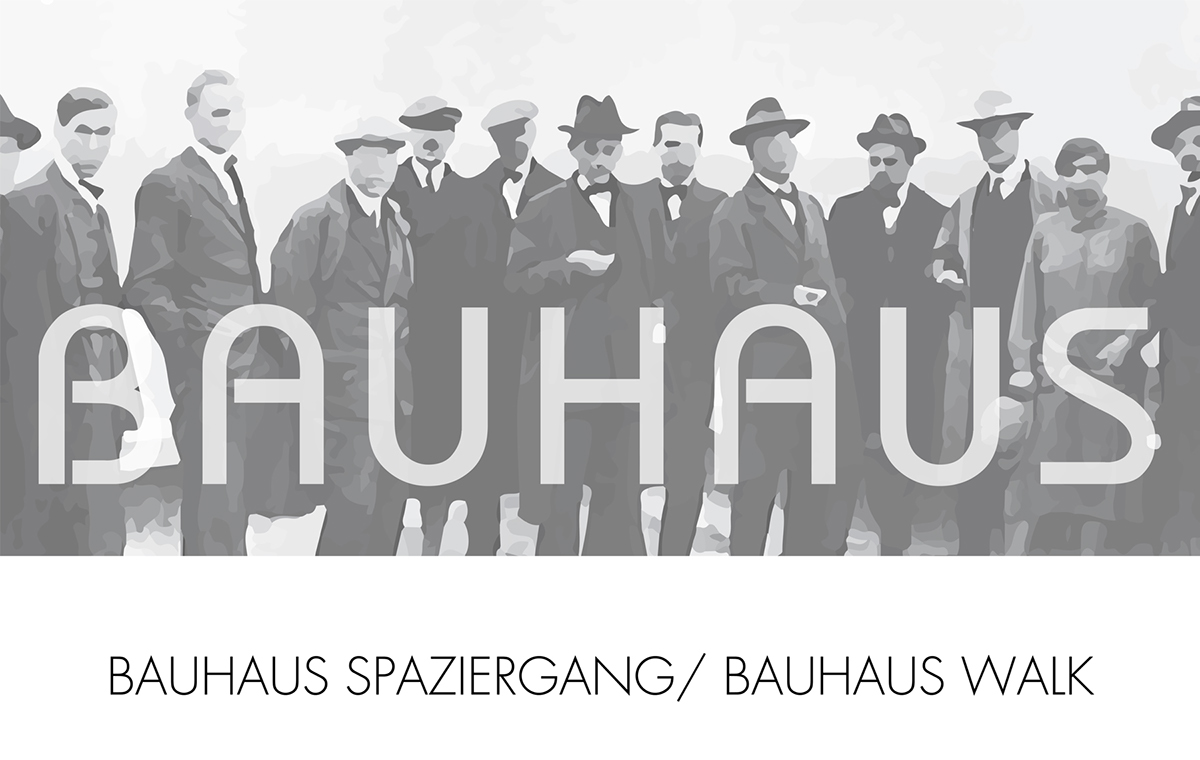
The Inspiration
There are a few different ways to have a guided experience of touristic places: Tour Guides (Bauhaus Walk), Audio Walks and Travel Apps are popular. If you take the case of audio walks, they provide a very immersive experience when they are designed well (Janet Cardiff audio walk in Jena, Museum 1806), but they are not interactive and the amount of information is limited to the recording. In the case of Travel Apps, most of them involve constantly looking at your phone for directions and your interaction with the outside world is cut off. When trying to design a mobile application in the place of the Bauhaus Walk, the aim of the design was to make it immersive, interactive and informative.
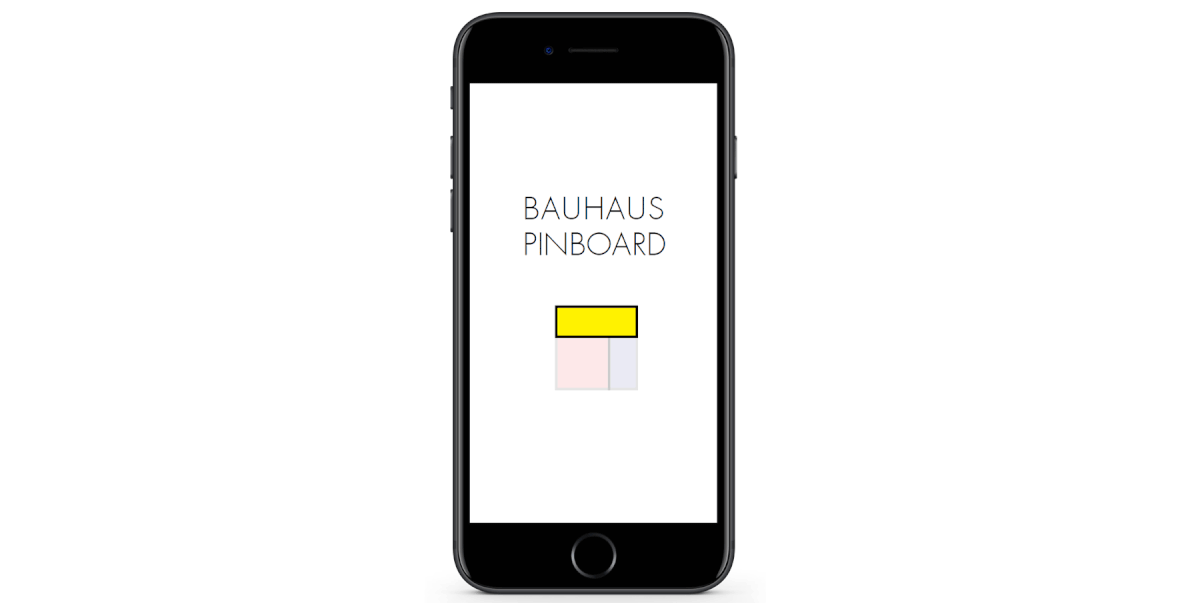
The Design
Bauhaus Pinboard is a mobile travel application, designed to embody the features that make it immersive, interactive and informative. There are 4 key features:
Guide: Guided Bauhaus Walk Experience
Timeline: Collective Experiences
Pins: Collaborative memory sharing
Audio walk: Auditory guiding system
The Guide layer is the pre-assigned path for the Bauhaus Walk. It contains information for the users to go through as they walk to the different spots.
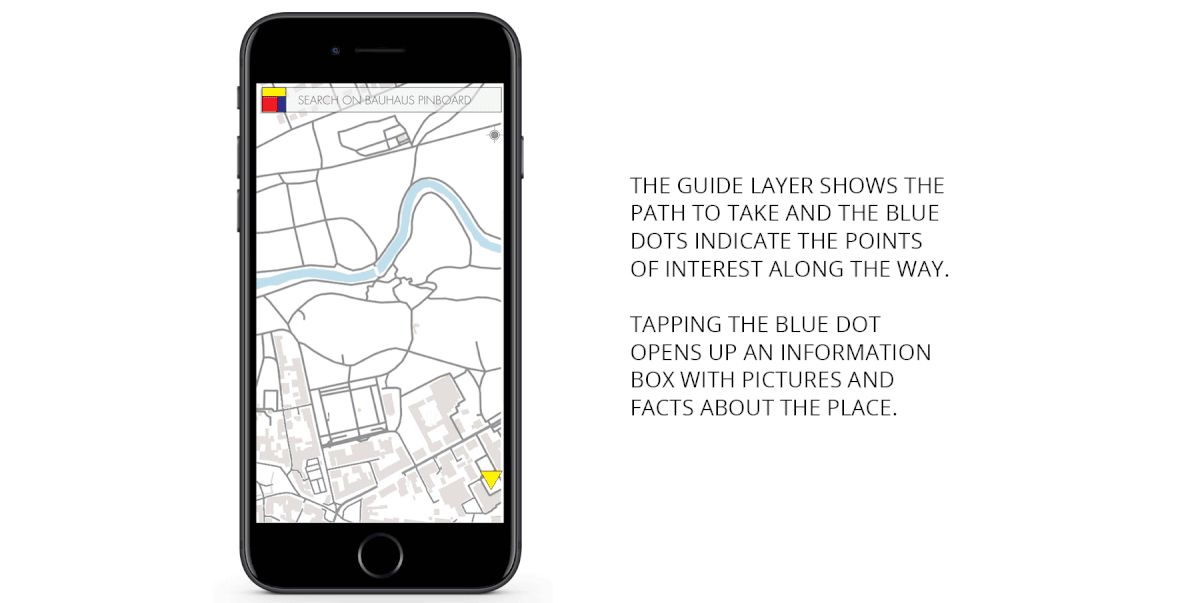
Timeline -- A collective experience: With the timeline, users can see other visible users around them who are also experiencing the walk. They can also use the timeline slider to see the routes taken by past 'walkers'. This serves as a way for the user to have a virtual, yet collective experience. The user can see alternate routes taken by previous users and they can choose to follow their footprints or make their own.
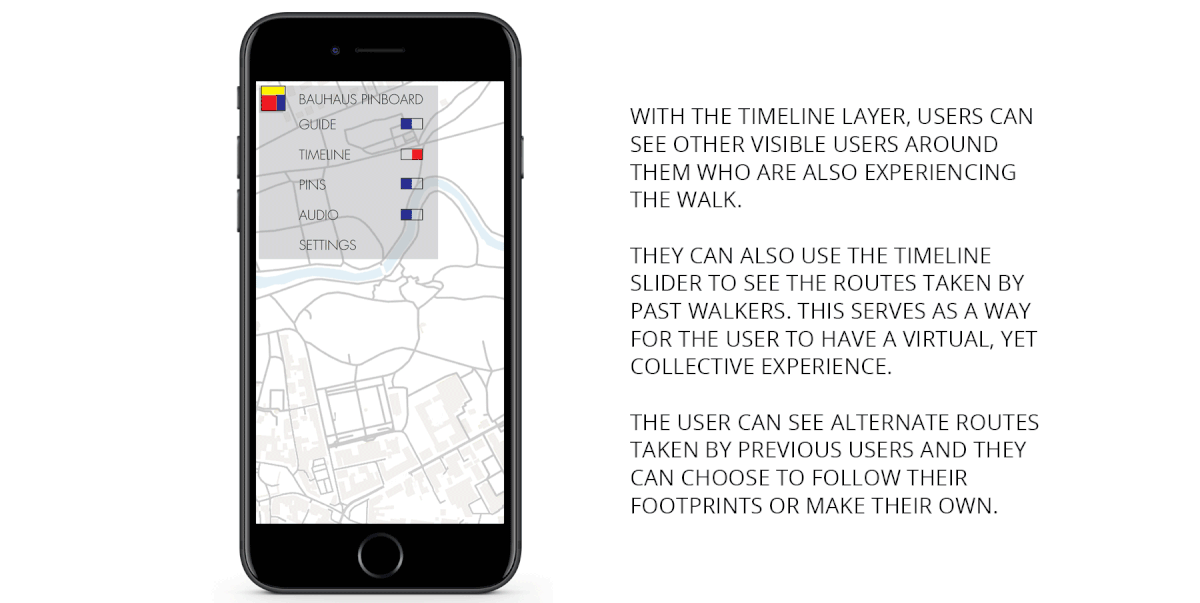
Pins – Collaborative memory sharing: The pins are messages, information, tips and tidbits left behind by past Bauhaus walkers or Bauhaus experts. The pins enable users to drop their suggestions for future users to see. Similarly the user will also be able to see the pins dropped by past users. The pinboard serves as a social media platform for people to interact over time, but in the same place and the same journey. The pins can be rated by the users. The ratings determine which pins appear on other users’ feed.
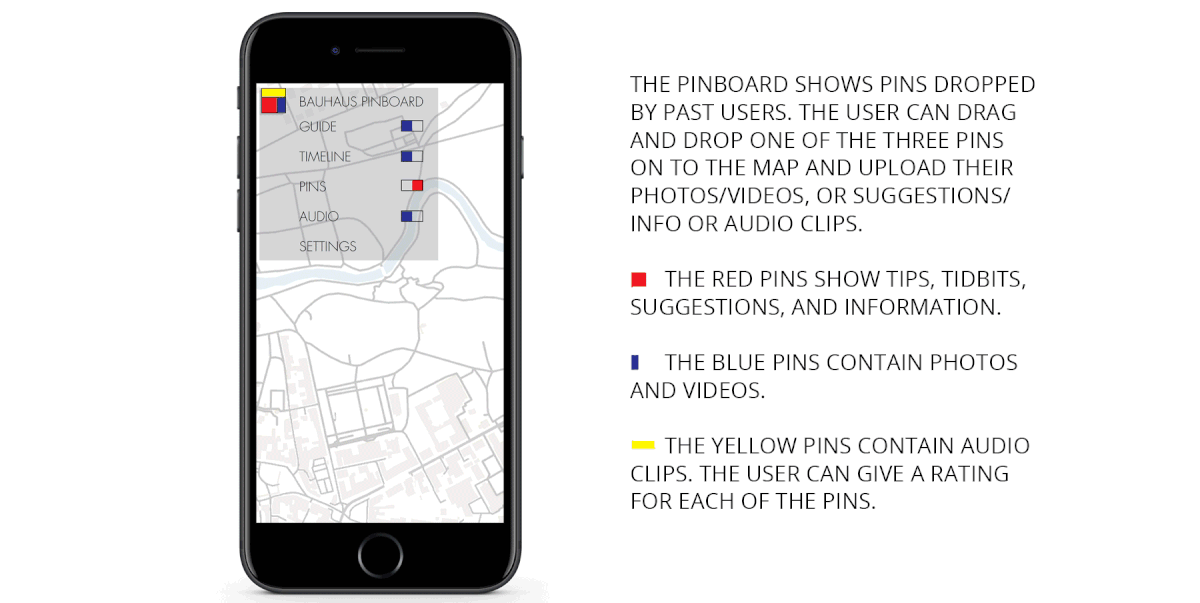
Audio – Auditory guiding system: The audio clips are recorded as chapters and they are scheduled to automatically play when you reach a particular spot in the guided tour. One could choose to turn the audio on and off based on preference. The user can pause and play the audio files. The user can also choose to look ahead and tap on any of the other audio files from the map and listen to them in any order.
